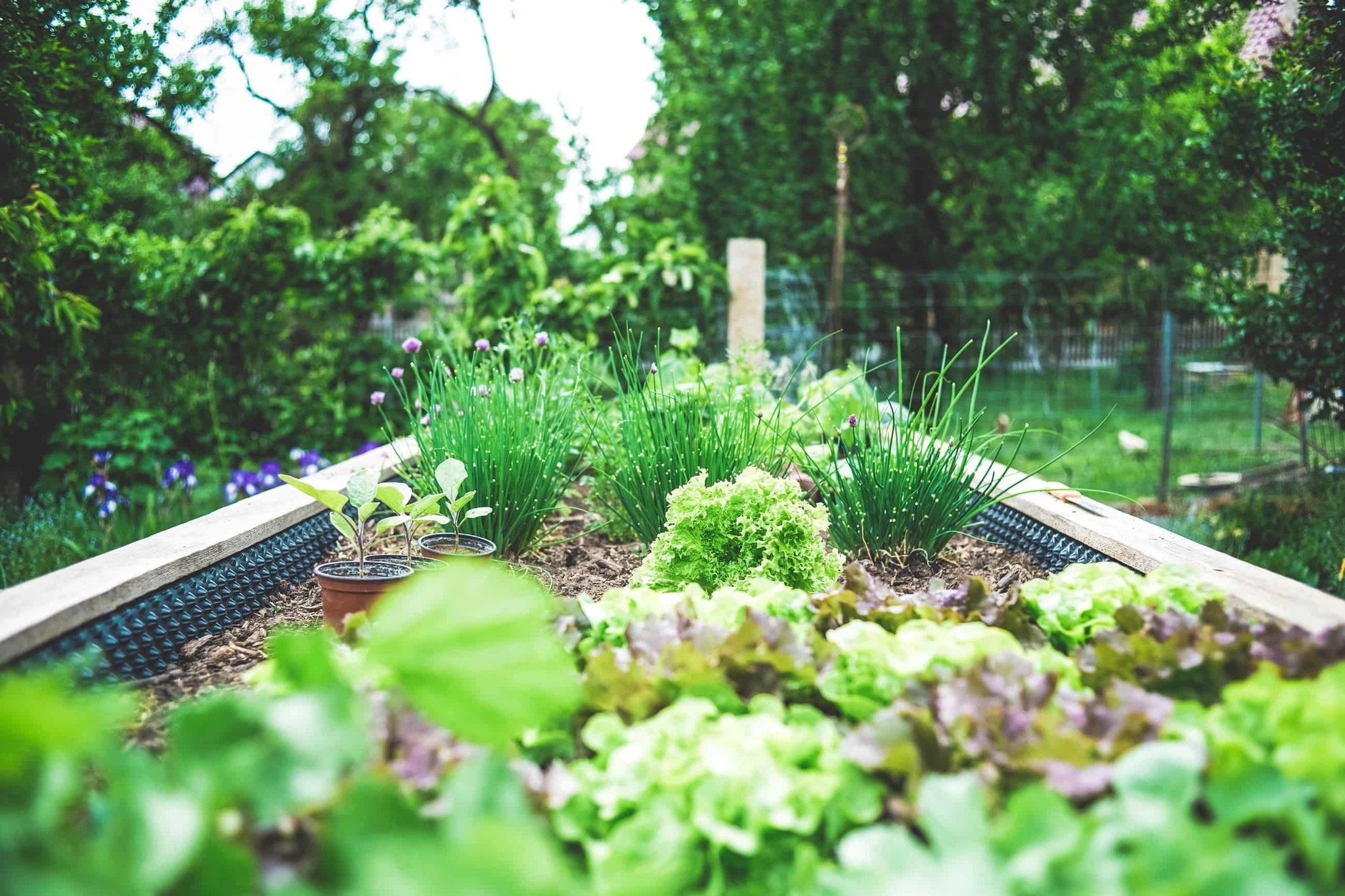Creating a Permaculture Vegetable Garden
- Posted on
- Posted in Permaculture
- 0

Permaculture is a process that adopts a philosophy that respects the environment, allowing good fruit and vegetables to be harvested without pesticides, all year round. Your garden will be designed to minimize any effort on your part. Ideal isn't it? Discover through this article our advice in 6 steps to get there.
1. Check the condition of the soil
Before any work, you must first assess the condition of your land to determine whether or not to bring in natural fertilizers. Because if it is poor, you will find it difficult to grow plants.
A few tips for recognising good soil:
- Your soil should be dark in color, it should smell like a forest. If it is not and it is light in colour, it means that it will need some input.
- If plants are already growing on your land, that's a good sign. The more the better.
- When you take soil in your hand and make a pudding with it, it means that it contains clay, and that it will be excellent for your vegetable garden.
2. Selecting the right location
For the plants to grow at their best, you must be careful about where you choose to place your vegetable garden. Everything has to be taken into account: the sunshine on the ground, the wind, the plots of shade.
Do not hesitate to note, and to find subterfuges in order to counter the vagaries of the weather. For example, when you see that a wind corridor is present at a particular location, stop it by planting a hedge.
3. Prepare the ground
After analyzing the terrain and checking the condition of your soil, it is now time to prepare it. To do this, take a spade to aerate the soil without turning it over, or a forged 3-pronged hook for small areas.
Then mulch the floor. You can use a variety of materials for this, such as cut grass, straw, cardboard, manure or compost. In 6 to 8 months your soil will be completely fertile.
4. Choose your plants
Preferably choose reproducible plants and seeds that you can find at organic market gardeners or small seed companies.
In the first year, it is ideal to plant fruit trees and aromatic herbs. These are perennial plants that will be in place for many years.
Then mix the annual plants (which will grow every year), and bi-annual plants (which will be present every two years).
Do not hesitate to draw the plan of your vegetable garden in order to place each plant in the best place according to their preference in terms of sunshine.
5. Watering
The best way to keep a vegetable garden in good shape is mulching, as it helps to nourish the soil and keep the soil moist.
You can also install a microporous hose that will distill water throughout your vegetable garden.
6. Repel pests
When you notice that your vegetable garden is being attacked by a lot of snails, it means that the biodiversity is out of balance. To remedy this type of problem, there are two solutions available to you:
- Welcome animals such as birds or hedgehogs that will eat insects by including hiding places with dead leaves and wood in your garden, leaving seeds and fruiting shrubs around.
- The "campagnonnage" (certain plants associated with each other, protect each other against pests).
-
You now have all the keys in hand to create a permaculture vegetable garden worthy of the name!



Comments
Be the first to comment...